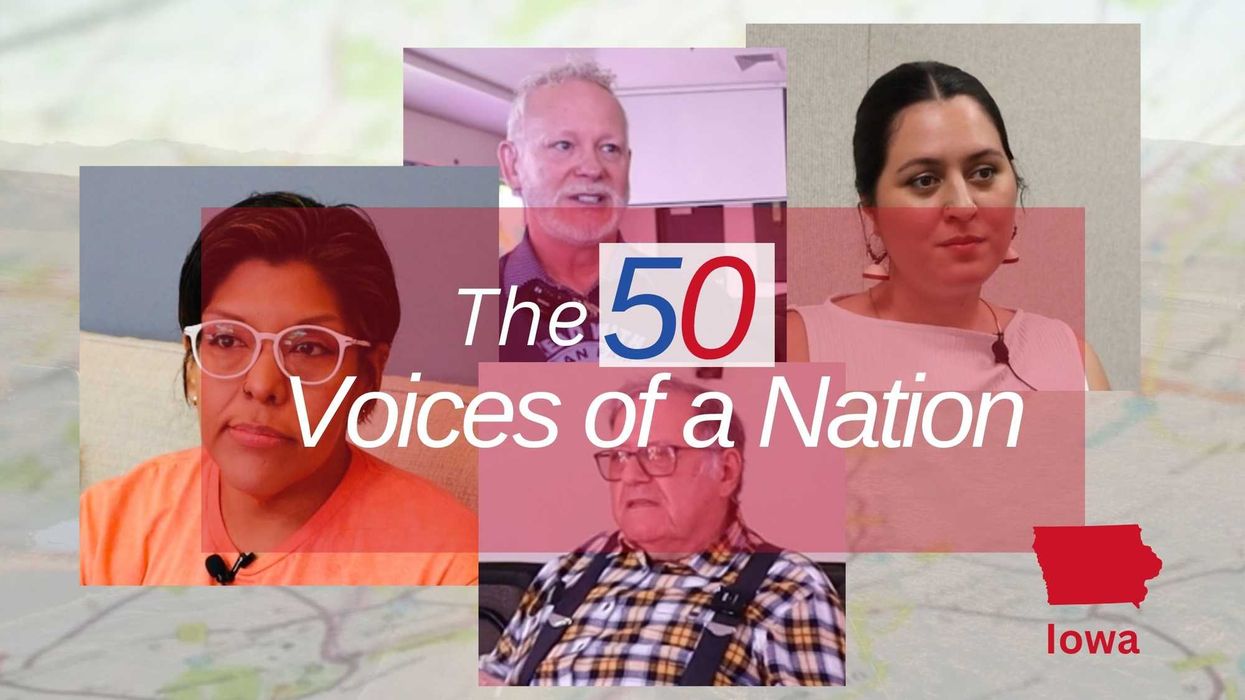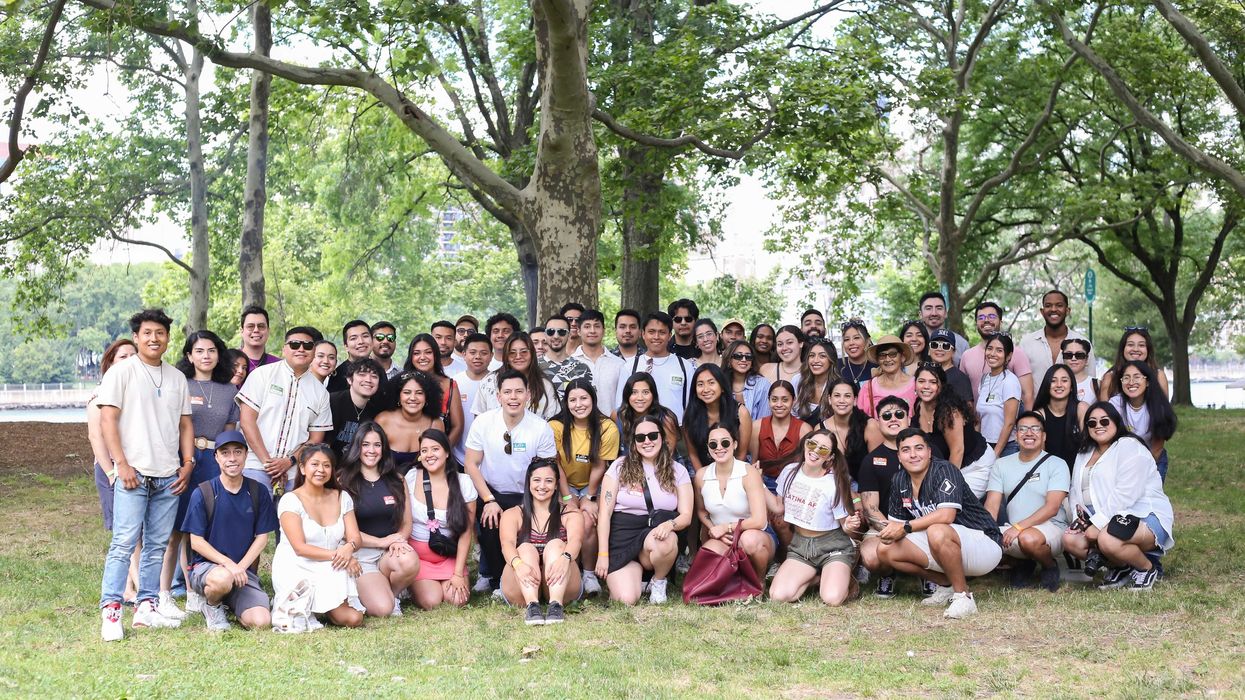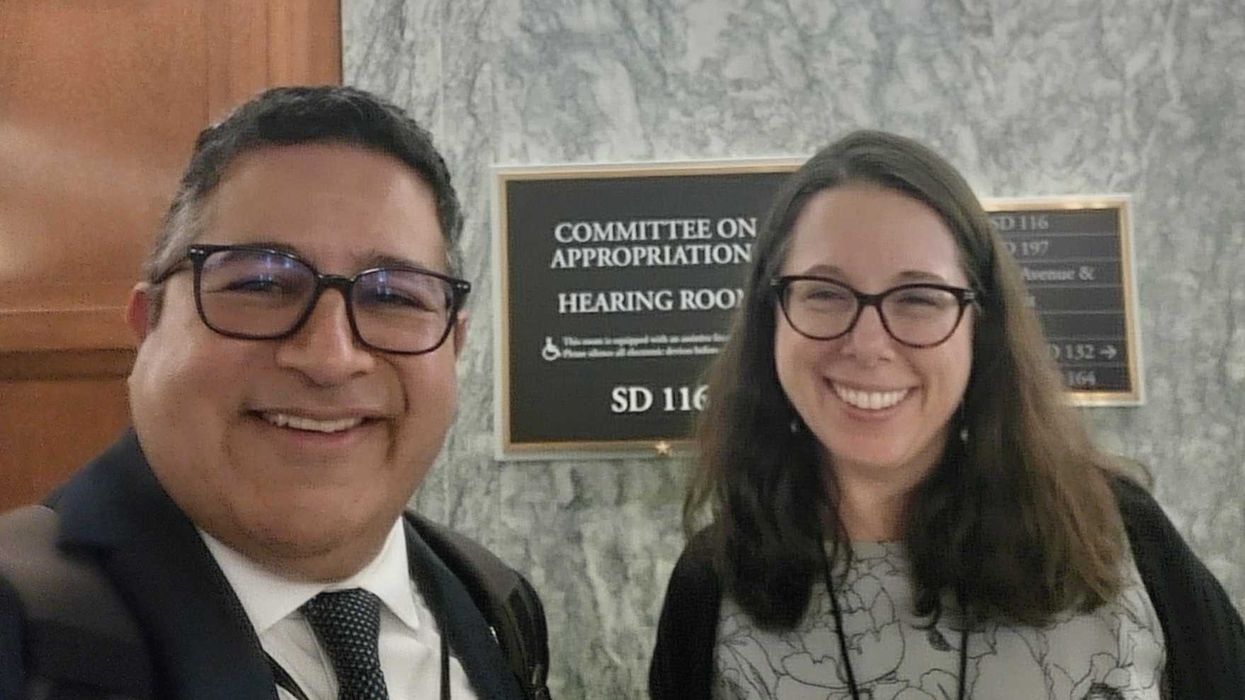This is the second of four parts in an exclusive weekly series of articles in The Fulcrum by J.H. Snider on Alaska’s 2022 periodic constitutional convention referendum. Part I describes the spending spree over the referendum. Part II proposes a deterrence theory to help explain the extraordinary amount the no side spent. Part III describes the failure of the referendum’s marketplace for campaign finance disclosures. Part IV provides recommended reforms to fix this broken marketplace.
What was the purpose of the spending spree by Defend Our Constitution? Surprisingly, it may not have been merely to win this election. If so, it could have done that by spending much less, as reflected in the final vote on the convention referendum: 29.6% for and 70.4% against.
Defend Our Constitution hired one of Alaska’s top pollsters, Dittman Research, which told it on Oct. 25 that it had a 65% to 28% lead with only 7% undecided. Nevertheless, after Oct. 25, Defend Our Constitution spent $1.45 million, excluding refundable media buys for that period made before Oct. 25. Throughout the fall, the no campaign was ahead in the polls, although undecideds, if they had overwhelmingly shifted to support, could have made up the difference until the Oct. 25 poll. As of the “Thirty Day Report” (the campaign finance report due thirty days before an election), Defend Our Constitution reported that through Oct. 7 it had only raised $2.76 million and spent only $1.82 million, the latter only 39% of its final tally and including future scheduled media. Since conventional wisdom for ballot measures dictates not “to pile money on a measure already headed for victory,” much of the money spent after Oct 7 may have functioned to deter future yes campaigns in not only Alaska but the other thirteen states with the periodic constitutional convention referendum. If so, the message to future potential yes supporters was: “You will never beat a no campaign, so don’t even try.”
While this type of deterrence reasoning has been common in the campaign finance literature on candidate elections, where incumbent candidates build up war chests to deter challengers, it has been rare in the campaign finance literature dealing with referendums. One reason might be that periodic constitutional convention referendums are unique in that they reoccur with constitutionally specified predictability and across more than a dozen states. For example, from 2017 through 2034, at least one such referendum is on a state ballot every two years. Thus, a successful campaign to deter a referendum in one state can pay predictable dividends in the future not only for that state but many other states. Although not the main deterrence effect of interest here, Defend Our Constitution's shock and awe spending spree discouraged some ConventionYes! leaders during the final month before the election, leading them to shift their focus to candidate campaigns where they felt they could make a difference.
Having the same national organizations behind no campaigns across states and election cycles supports the future election deterrence hypothesis. In states with no campaigns in recent decades, government unions affiliated with either the National Education Association or American Federation of Teachers (depending on which teachers union has the most members in a particular state) have been their primary early organizers and financiers. While much of the organizing and financing has been done by local affiliates, the affiliates consult with their parent organizations who have developed time-tested winning strategies for conducting such campaigns. The affiliates also know that if they’re worried about losing in the weeks before a referendum, the NEA has a special fund for ballot measures with tens of millions of dollars of cash on hand to help them out. In Alaska, the largest declared contributor to the no campaign was the NEA. The largest dark money group behind the no campaign, the Sixteen Thirty Fund, which contributed seven times as much as the NEA, was run by a former NEA operative who had conducted similar ballot referendum campaigns for the NEA.
A consistent track record of big wins for these groups is highly valuable because it is rare for an activist or politician to seek to expend effort and political capital on a doomed cause. This includes democratic reform groups, who will generally avoid taking on losing issues like the plague. Even if they think a constitutional convention might be the only viable democratic reform mechanism in a state without the constitutional initiative (for example, to implement a genuinely independent redistricting commission, statewide ranked-choice voting, or legislative term limits), they still won’t lift a finger to call one if it means taking on and angering powerful political actors while being certain of losing.
For national organizations that are long-term, no campaign players, establishing deterrence in a small state such as Alaska is a bargain because doing so in states with a population more than ten times as large, such as Illinois, Michigan, New York, or Ohio, would be vastly more expensive. It’s like a superpower attempting to deter a much costlier war with another superpower by showing it can and will do whatever is necessary to win in a battle with a minor power. According to the 2020 U.S. Census, Alaska’s population is 733,391, making it the third smallest U.S. state by population and the smallest with the periodic constitutional convention referendum.
Alaska promised to break the national no players’ reputation for invincibility because the yes side had an issue, the Permanent Fund dividend, capable of mobilizing popular support without a large bankroll. An Alaskan statute requires that every citizen every year receive a “dividend” from the government from the Permanent Fund, which is funded by taxes on Alaskan oil revenue. In recent years, the legislature had diverted that dividend to paying for government services. Consequently, Republican lawmakers sought to mandate the dividend as an amendment to Alaska’s Constitution. Despite the popularity of the dividend, lawmakers couldn’t get the two-thirds vote in the legislature to propose a constitutional amendment, so some influential political figures backed calling a convention to bypass the legislature. Alaska’s government unions strenuously opposed both constitutional efforts to protect the Permanent Fund dividend because oil revenues paid for state services, including their members’ compensation.
Thus, Defend Our Constitution initially had good reason to fear losing the convention referendum. But after pulling ahead by double-digit percentages in October, it kept its foot on the money pedal rather than coasting to victory, thus teaching future potential yes campaigners a lesson. In its deterrence effect, it was like the Roman general who famously defeated a slave rebellion and then crucified thousands of the defeated slaves alongside a high-traffic road to advertise the power of Rome and thus deter future would-be slave rebellions.
Snider, the president of iSolon.org, is the editor of The State Constitutional Convention Clearinghouse, which provides summary information about the 14 U.S. states with a periodic constitutional convention referendum. He also edits separate websites, such as The Alaska State Constitutional Convention Clearinghouse, for each state that has a convention referendum on its ballot. Snider has a PhD in American Government from Northwestern University and been a fellow at the Harvard Kennedy School of Government, the American Political Science Association, and New America.


















